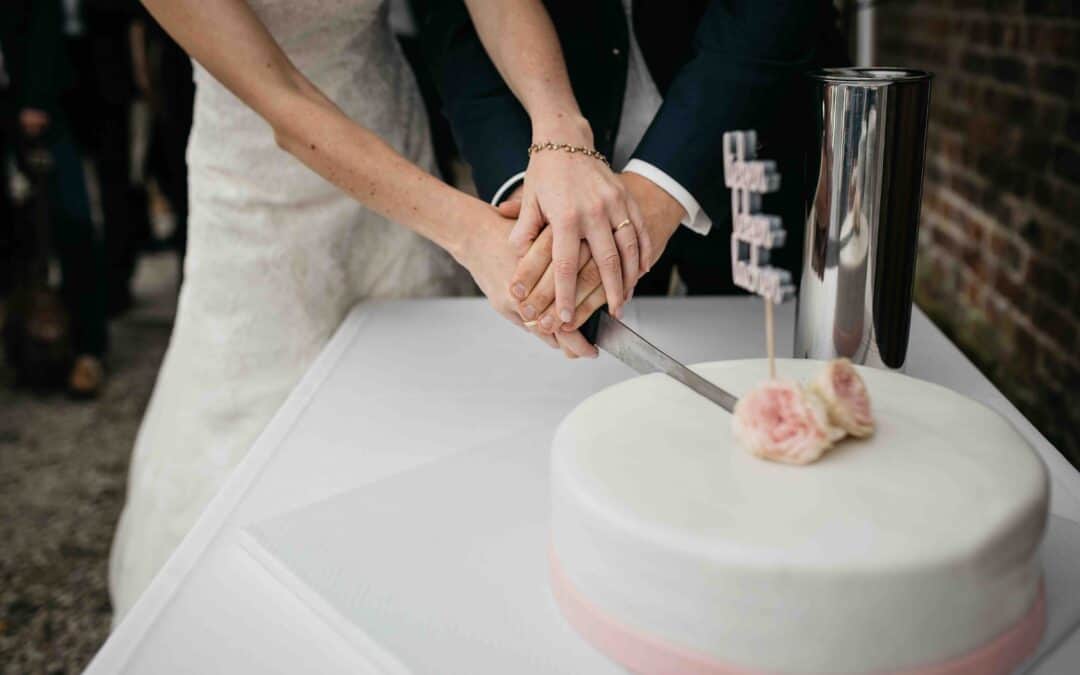Planning a wedding is an exciting journey filled with love, joy, and anticipation. However, it’s essential to establish a realistic budget to ensure that your dream wedding remains within financial reach. Setting a wedding budget can seem daunting, but with careful planning and consideration, you can create a budget that aligns with your priorities and allows you to celebrate your special day without breaking the bank. In this blog post, we’ll explore a step-by-step guide to help you set a wedding budget that works for you.
- Determine Your Total Budget: Before diving into the details, sit down with your partner and any relevant contributors to determine your total wedding budget. Consider your financial resources, savings, and any contributions from family members or other sources. Be realistic about what you can afford to spend on your wedding day while keeping in mind your long-term financial goals and priorities.
- Prioritize Your Expenses: Once you’ve established your total budget, prioritize your expenses based on what matters most to you as a couple. Identify the non-negotiables – the elements of your wedding that are most important to you and where you’re willing to allocate a larger portion of your budget. Common priorities include the venue, catering, photography, and attire, but every couple’s priorities will vary based on their values and preferences.
- Break Down Your Budget: Divide your total budget into categories to allocate funds to each aspect of your wedding. Create a detailed budget spreadsheet or use a wedding budgeting tool to track your expenses and ensure that you’re staying within your financial means. Common budget categories include venue, catering, attire, photography/videography, entertainment, florals/decor, invitations, transportation, and miscellaneous expenses.
- Research Average Costs: Do your research to get a sense of average costs for wedding-related expenses in your area. Look at wedding planning websites, bridal magazines, and online forums to gather information about typical prices for venues, vendors, and services. Use this information as a baseline to guide your budgeting decisions and ensure that you’re not overspending or underestimating costs.
- Account for Hidden Costs: Keep in mind that there may be hidden costs associated with various aspects of wedding planning that you may not have initially considered. Factor in additional expenses such as taxes, service charges, gratuities, and vendor tips when setting your budget. It’s better to overestimate your expenses slightly to account for unexpected costs rather than being caught off guard later in the planning process.
- Be Flexible and Realistic: While it’s essential to have a budget in place, be prepared to be flexible and realistic as you plan your wedding. Understand that unexpected expenses may arise, and priorities may shift as you make decisions and finalize details. Be willing to adjust your budget accordingly and make trade-offs where necessary to stay within your financial means while still creating the wedding of your dreams.
- Track Your Spending: Throughout the wedding planning process, track your spending closely to ensure that you’re staying on budget. Keep all receipts, contracts, and invoices organized in one central location, and regularly update your budget spreadsheet or wedding budgeting tool with actual expenses. Monitor your spending carefully and make adjustments as needed to avoid overspending in one area at the expense of another.












